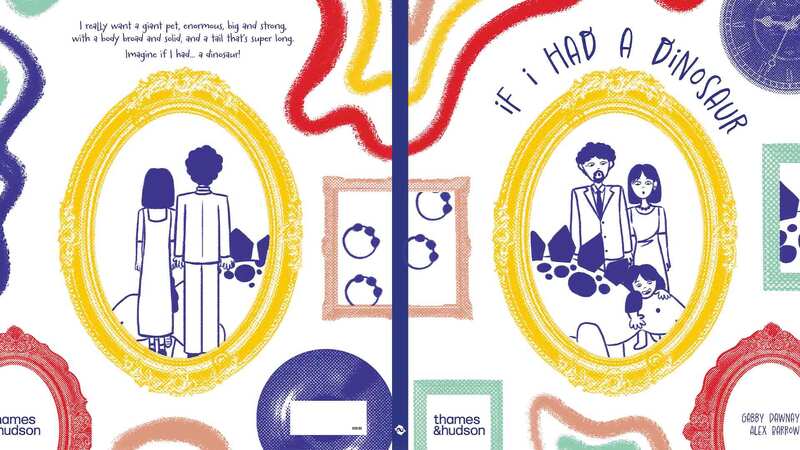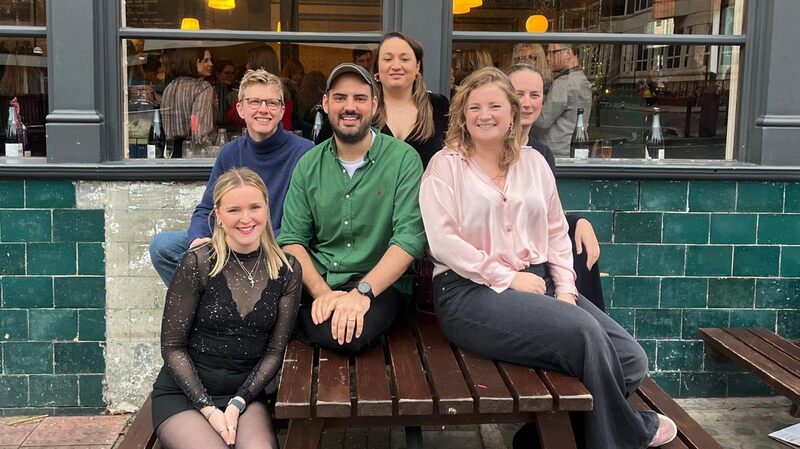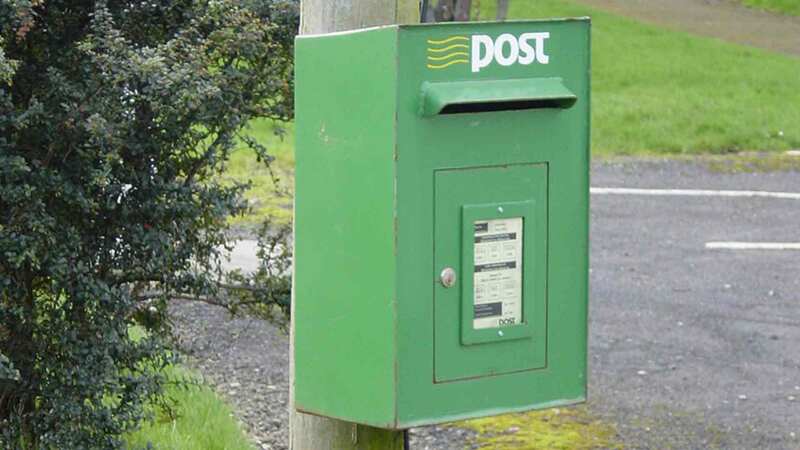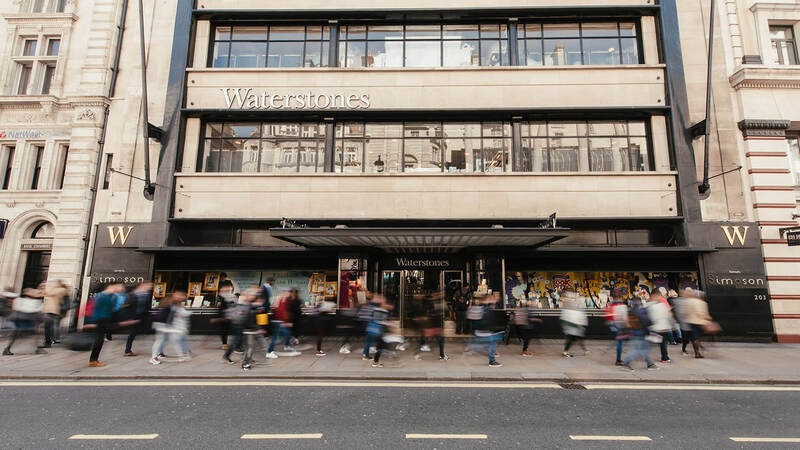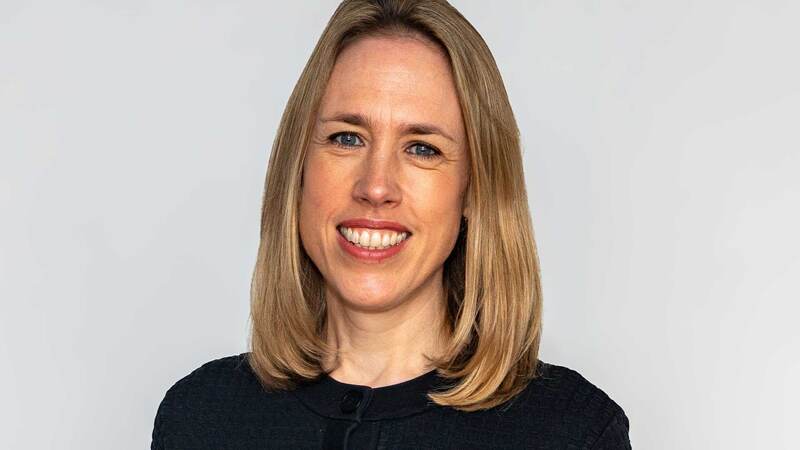You are viewing your 1 free article this month. Login to read more articles.
Price discrimination key to combatting book price stagnation, says Enders
Book pricing has stagnated over the past two decades, leading to severe real-term declines in price per book, according to analysis by Enders.
The report, which uses Nielsen BookScan data as well analysis by a team of Enders researchers, says “nominal prices are now on the rise, but they are still swamped by inflation, and there is no prospect of them catching up to where they were”. It continues: “The cost to produce books has been hit by many of the same inflationary conditions affecting companies (and people) across the board, leading to tough conditions at publishers, particularly small ones.”
However, in brighter news, “books offer many ways for publishers to price discriminate, charging more to price-insensitive, motivated readers”, it said.
Enders described a “cost crisis” for many publishers due to two decades of “eroding real prices” for trade books. When seen in the context of an increasingly competitive market for people’s attention, with free or low-priced entertainment and information options, books are also limited by how much prices can go up.
But prices need to rise, according to Enders. There is little slack in the cost structure of publishers as staff and author pay is already generally low, but it proposes price discrimination based on sales channel, format and special editions as a way forward. “This would enable publishers to get a better average price, while still leaving squeezed and price-sensitive readers with low-cost options,” Enders said.
Nominal average selling prices have risen from £7.81 in 2001 to £8.97 up to October 2023, but this represents a sizeable fall in real terms as that £7.81 is equivalent (in October 2023) to £13.80.
Noting the power of BookTok and subscription book boxes as “powerful new tastemakers”, Enders suggests special editions are another way of price discriminating to “capture higher spend from more motivated readers within certain genres”.
It said: “At the highest end, book subscription boxes like FairyLoot and Illumicrate work with publishers to create special editions with all the trimmings: custom covers, foils, sprayed edges, limited signed/numbered/lettered editions. Some contain exclusive extra content, and the boxes come with themed merchandise. These are designed for genre superfans who will post images or video on Instagram and TikTok. The books themselves retail to non-subscribers for upwards of £20, with some super special editions on offer for up to £75, and they do not get discounted. Many (though by no means all) of the books also retain or increase their value on secondary markets.”
Enders noted how Waterstones and independent bookshops offer retailer exclusive editions with higher specs or additional content, which are usually not such collectors’ items, but support higher prices and avoid the trap of discounting.
Enders said “diversification of online physical retail should be a priority for the industry, as it prevents one buyer (Amazon) from having too much power to dictate terms over suppliers, and shape the market in its own interests”.
It continued: “For publishers, diversification of sales channels is also an opportunity to dissolve some of the pricing issues, as they can price-discriminate by selectively discounting based on where readers are buying. A buyer on a TikTok shop may be coming directly from a video about the title they’re buying, making them less price-sensitive.
"A Bookshop.org shopper may be a heavy reader, and overall less price-sensitive when it comes to books. An Amazon buyer may be motivated by a particular title, but also be looking for the best price, while a supermarket shopper is buying books opportunistically; title-by-title differentiation matters less than price.”
It surmised: “To maximise revenue, publishers should be raising cover prices then selectively discounting based on contextual price-sensitivity.”
On e-books, Enders noted discounting from big publishers has “moderated heavily”, explaining "even the bestseller list, dominated by titles seeking volume through low prices, is gradually going up in average price over time”.
However, “flash sales, where quality frontlist titles are sold on e-book stores or a time at heavy discounts (e.g. for £1-2) are still a large driver of e-book sales.”
Enders concluded: “Publishers should have the same confidence in their product that readers do, and charge more for premium products through premium sales channels, while not neglecting the universal access afforded by libraries, discount formats and cheaper retail channels."





